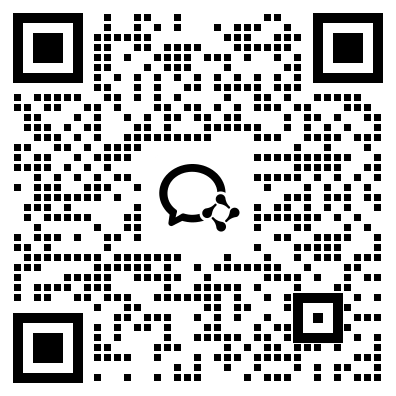With the rapid development of the internet, various types of information are exchanged through the network. However, along with the convenience, there are also threats to network security. Whether it is the theft of personal information or cyberattacks, network security issues have become a major problem that has attracted widespread attention.
From the technical perspective, network security issues are mainly due to vulnerabilities in computer operating systems, software, hardware, and lack of encryption technology. Hackers can exploit these vulnerabilities to obtain access to confidential data and carry out malicious acts. Therefore, technical measures such as encryption, firewall protection, intrusion detection systems and anti-virus software can significantly improve network security levels.
However, in addition to technical means, human factors also play an important role in network security. Phishing scams, social engineering, and insider threats are all common ways that human factors can compromise network security. In order to avoid these issues, staff education and awareness, as well as strict access control policies and regulations, are necessary to minimize the risk of damage to network security.
Moreover, network security issues are not only limited to personal computers or mobile phones but also affect the Internet of Things (IoT) devices. As more and more devices are interconnected, there has been a rapid increase in the security risks posed by IoT devices. Faulty software, weak passwords, and unsecured networks can result in IoT devices becoming compromised and used for cyberattacks. Thus, manufacturers must take security measures seriously and design devices with built-in security measures. Consumers also need to be aware of the risks and be more vigilant when using IoT devices.
In addition, the rapid development of cloud computing technology has brought convenience and efficiency, but it has also given rise to new challenges in network security. Compared with traditional data storage methods, cloud storage stores data in third-party servers. Once the data is stored in the cloud, it is difficult to control its integrity and confidentiality. Therefore, it is necessary to use encryption technologies and implement strict access control mechanisms to safeguard the security of sensitive data in the cloud.
In conclusion, network security issues are mainly caused by technical vulnerabilities and human factors. It is necessary to adopt various measures to achieve comprehensive protection of network security, including technical means, education, regulations, and IoT device security. In addition, the development of cloud computing has brought new challenges that need to be addressed. By improving users' awareness and using various security measures, we can better protect the security of our network environment.
微信扫一扫,领取最新备考资料
